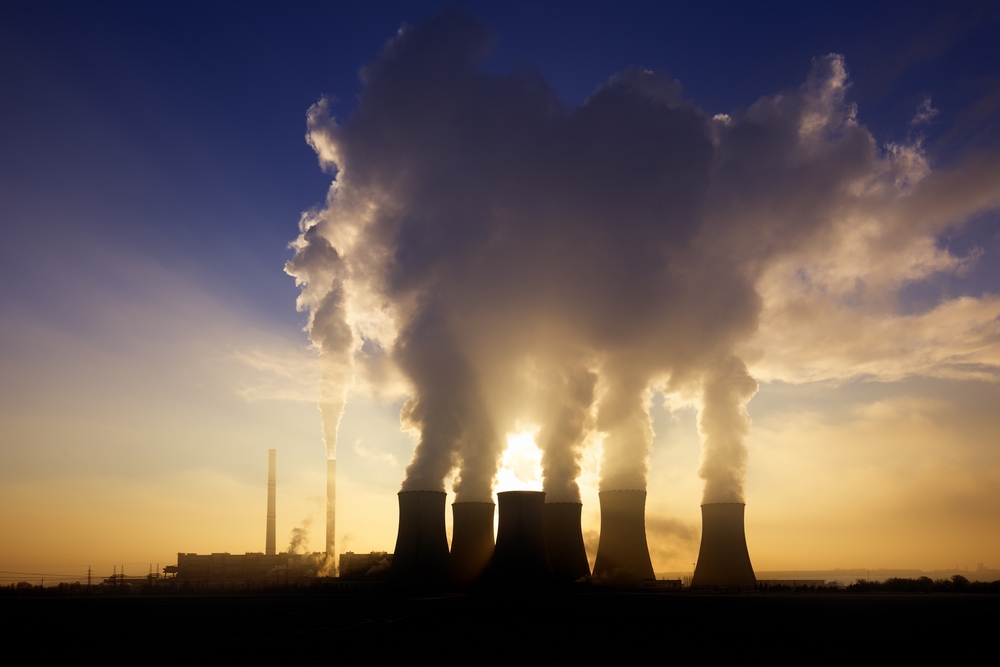U.S. coal-generated electricity output tumbles to lowest level since 1976

Coal use continues to crumble in the United States, with coal-fired electricity generation having recorded its largest percentage decline (16 percent) in history, putting it at its lowest level since 1976.
Output dropped to 966,000 gigawatt hours (GWh) in 2019, largely due to lower electricity demand and increased competition from natural gas-fired plants and wind turbines. At the same time, coal figures were crumbling, natural gas-fired generation and wind generation were undergoing a banner year, with a record of nearly 1.6 million GWh and more than 300,000 GWh produced, respectively. For natural gas, that marked an uptick of 8 percent over the previous year, and for wind, a 10 percent jump.
Coal’s capacity has been heading downhill since 2011 when it peaked at 318 gigawatts. Its capacity sat at 229 GW as of last year, with much of the downward spiral caused by plant retirements and operations switching to other fuels. Consequently, utilization also dropped to 48 percent. Average delivered prices fell to less than $2 per million British thermal units as of late 2019.
According to the United States Energy Information Administration, coal has traditionally cost less than natural gas. Still, it cannot be a competitive fuel unless its delivered cost is at least 30 percent lower to make up for differences in efficiency between their respective plants. Coal plants also have higher costs for emission control equipment and other operations.
In all, the picture is of a country increasingly bucking coal. Rates have differed area by area — the Midwest and West, for example, have seen fewer goal plant retirements and more stable operations — but every area of the United States has seen consistent decreases. Despite their large coal capacities, the Southeast, East North Central, and West South Central regions all experienced reductions of coal-fired generation of more than 18 percent in 2019.
